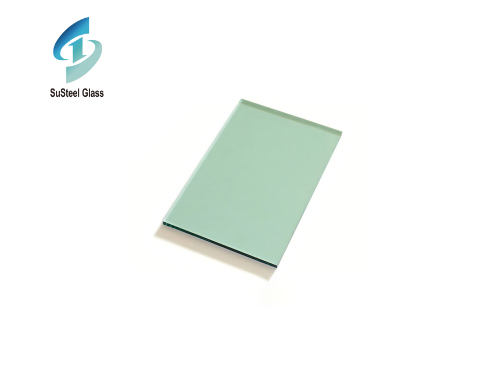
The glass curtain wall is available in a variety of colors, from opaque to translucent. Translucent glass is commonly used in curtain walls for aesthetic and security purposes, while opaque glass is used to hide spandrel areas and add depth and visual interest. The glass panels also have decorative finishes, including mesh and sandblasted finishes.
Because glass is so versatile, it offers an infinite variety of aesthetic options and superior energy performance. With the increasing use of glass in building components, its ability to provide energy efficiency and excellent insulation is more important than ever. As glass becomes larger and insulated glass units become more common, color consistency and uniformity become more important than ever. Glass curtain walls are a great way to add style and beauty to any space.
The curtain wall system also affects the style and function of the building. Whether open or hidden, point-supported curtain walls make the building appear more fluid, while unit curtain walls emphasize the integrity of the structure. In addition, the all-glass curtain wall will strengthen the connection between inside and outside. Architects can choose different types of curtain walls for specific parts of the building or combine them with other materials, such as masonry.
Glass curtain wall is a kind of innovative architectural decoration. It combines architectural aesthetics, energy efficiency and structural efficiency. The curtain wall is an artistic lightweight wall that can be separated from the main structure.
 High Purity Tin Ingot: Essential Uses and Key Advantages
High Purity Tin Ingot: Essential Uses and Key Advantages
 Burglar-Resistant Glass: Enhancing Security and Peace of Mind
Burglar-Resistant Glass: Enhancing Security and Peace of Mind
 Exploring the World of Green Tinted Glass Products: Versatility and Sustainability
Exploring the World of Green Tinted Glass Products: Versatility and Sustainability


